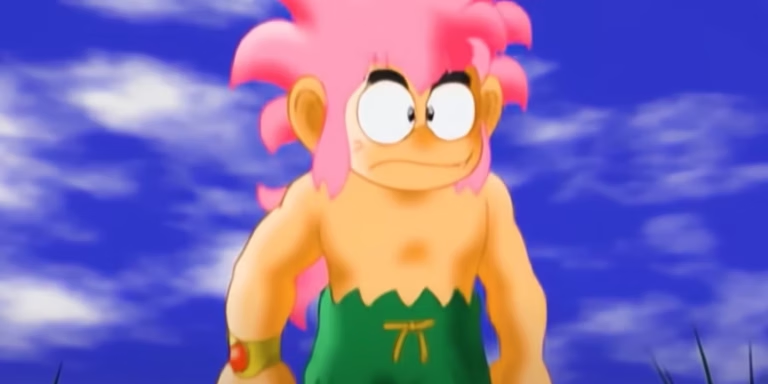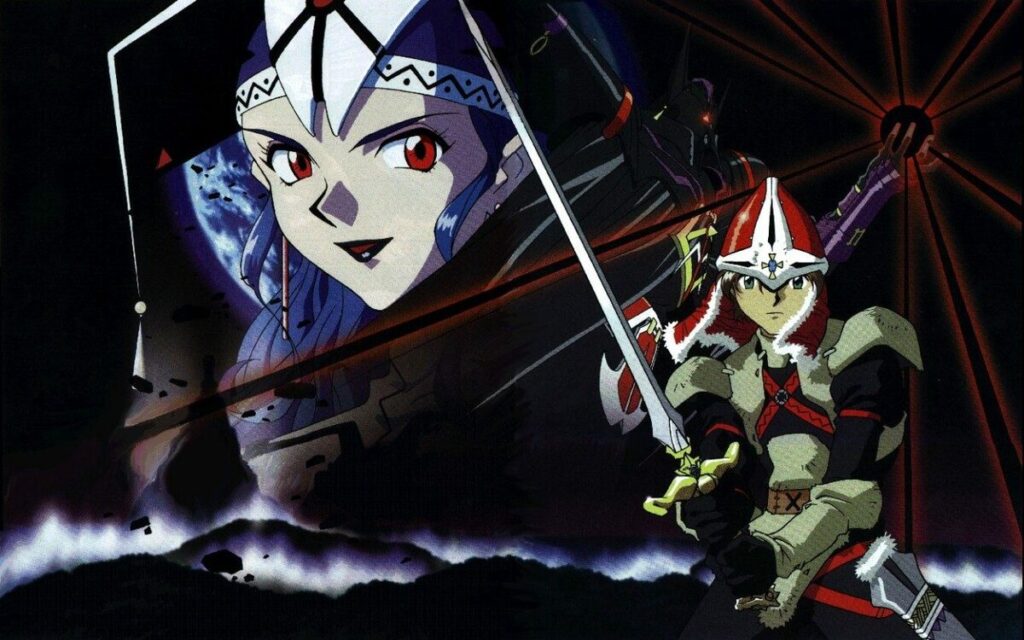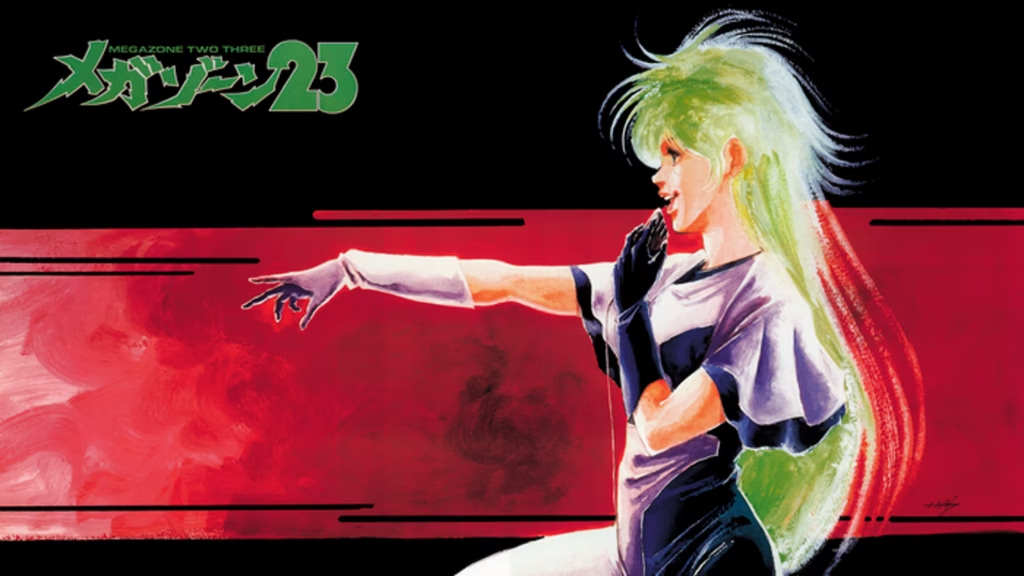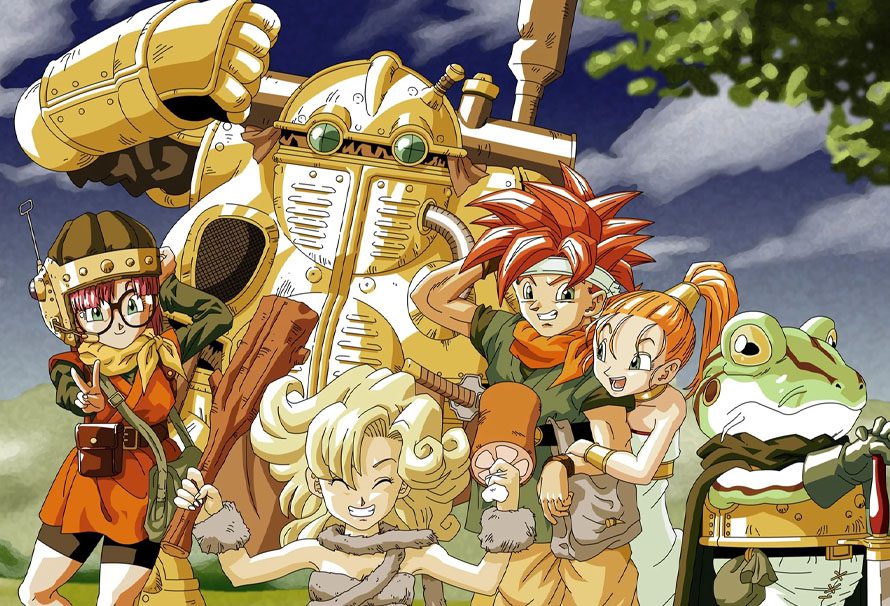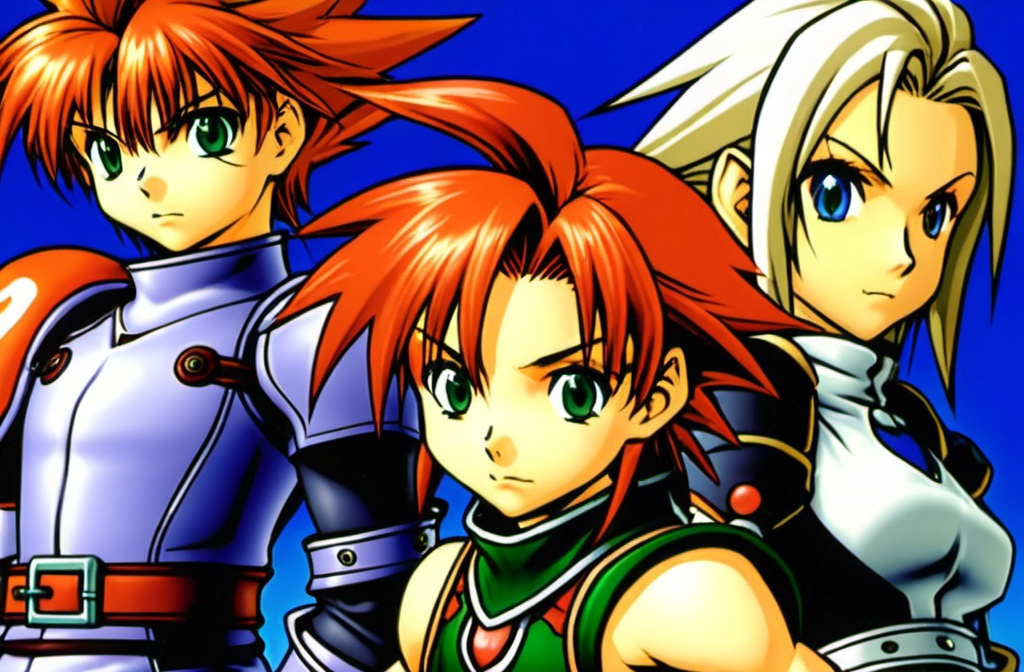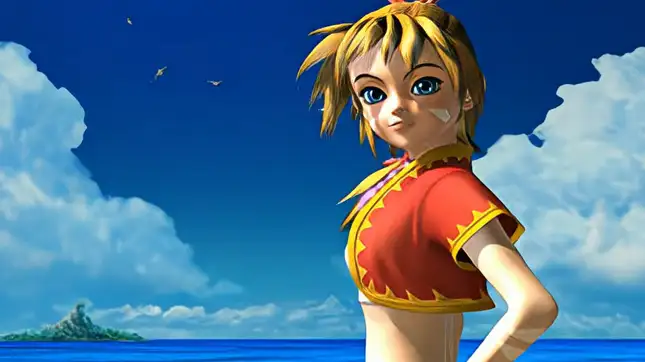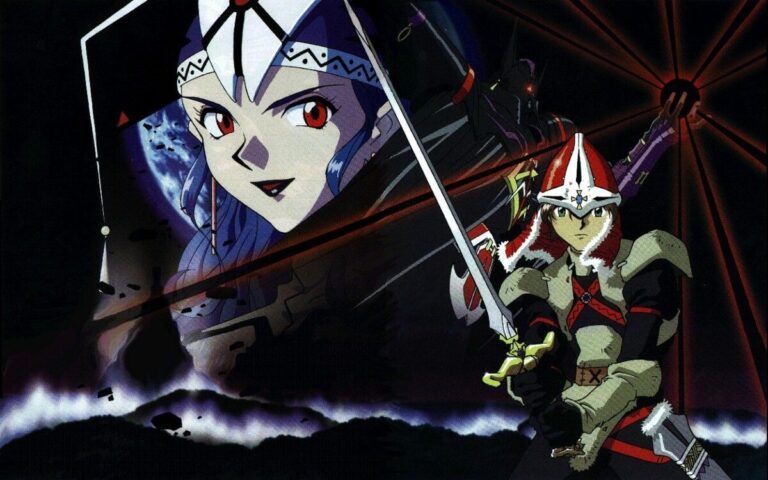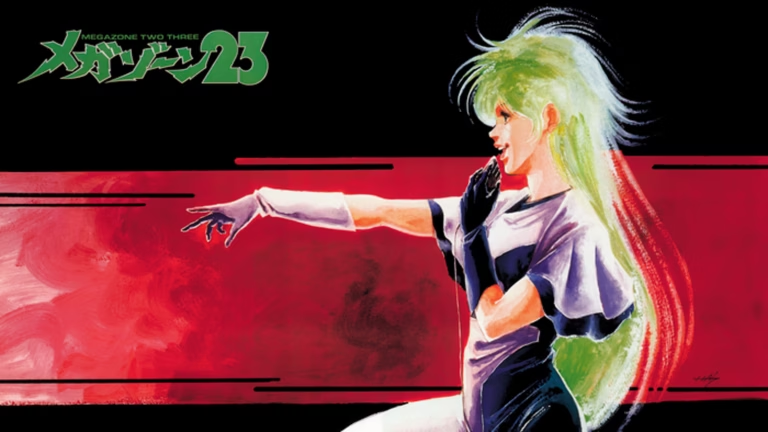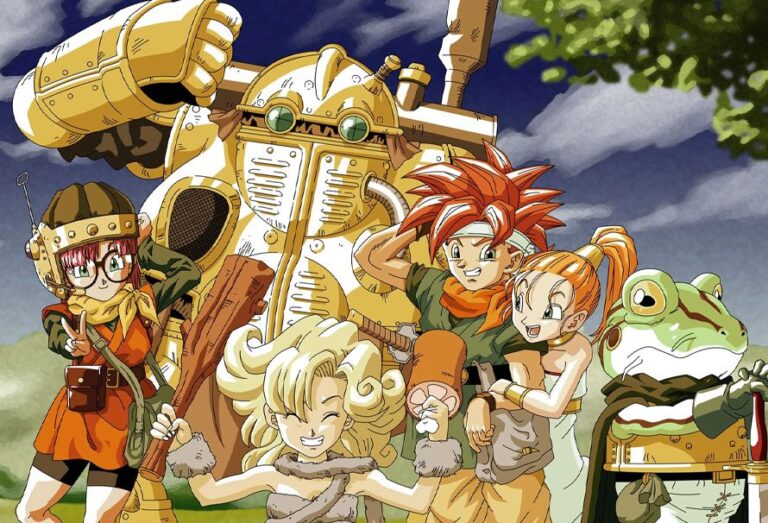Game data not found.
Story
The NES game Dr. Jekyll and Mr. Hyde draws its inspiration from Robert Louis Stevenson’s classic novella, “Strange Case of Dr Jekyll and Mr Hyde.” This adaptation takes the core essence of the duality of human nature and crafts it into a side-scrolling action game. The player assumes the role of Dr. Jekyll, a well-respected scientist who, through his experiments, can transform into his sinister alter ego, Mr. Hyde.
Set in 19th-century England, the game unfolds as Dr. Jekyll embarks on a journey to reach his wedding. However, his path is fraught with obstacles and oddities that trigger stress and anger, eventually transforming him into Mr. Hyde. The dual narrative plays out as the player must navigate both characters through their respective levels, each facing unique threats and challenges. Dr. Jekyll’s journey is one of avoidance and survival, while Mr. Hyde’s is a darker path of destruction and chaos.
Gameplay
Dr. Jekyll and Mr. Hyde offers a unique gameplay experience that revolves around alternating between two characters with contrasting mechanics.
Dr. Jekyll’s Levels
In Dr. Jekyll’s levels, the gameplay places emphasis on avoidance and non-confrontation. The character traverses through a Victorian setting filled with bizarre enemies, including bomb-dropping individuals, aggressive animals, and other peculiar characters. Dr. Jekyll’s main objective is to reach the church on time for his wedding while maintaining his composure.
The game encourages players to avoid conflict as much as possible. Dr. Jekyll carries a cane, but its effectiveness in combat is minimal, further emphasizing the need for evasion. Players must manage Dr. Jekyll’s stress level, which increases with each encounter, bringing him closer to transforming into Mr. Hyde.
Mr. Hyde’s Levels
Once Dr. Jekyll’s stress level peaks, the game transitions to Mr. Hyde’s levels, where the gameplay shifts dramatically. As Mr. Hyde, players experience a reverse world filled with grotesque creatures and nightmarish landscapes. Unlike Jekyll, Hyde is equipped with powerful attacks, such as the Psycho Wave, which can obliterate enemies.
The goal in Mr. Hyde’s segments is to survive the onslaught of creatures and make progress without succumbing to defeat. If Mr. Hyde reaches a point in his level that corresponds to Jekyll’s position in his own world, the game ends. This mechanic adds a layer of strategy, as players must balance both characters’ progress to prevent a premature game over.
Graphics and Sound
Dr. Jekyll and Mr. Hyde’s graphics reflect the typical NES aesthetic of the late 1980s. The game employs a side-scrolling perspective with detailed sprites that depict the Victorian setting and its eccentric inhabitants. While the graphics may not have been groundbreaking for its time, they effectively convey the eerie and whimsical atmosphere of the narrative.
The sound design complements the visual elements with a variety of tunes that enhance the game’s duality. Dr. Jekyll’s stages feature lighter, more melodic music that contrasts with the darker, more ominous tracks of Mr. Hyde’s levels. This dichotomy in musical themes underscores the transformation between the two characters and adds an auditory layer to the storytelling.
Legacy and Reception
Upon its release in 1988, Dr. Jekyll and Mr. Hyde received mixed to negative reviews. Critics often cited the game’s confusing mechanics, frustrating difficulty, and lack of clear objectives as significant drawbacks. The game’s reliance on avoiding conflict rather than engaging it was a departure from the action-oriented games popular at the time, which contributed to its lukewarm reception.
Despite its initial reception, the game has garnered a cult following over the years, partly due to its association with the famous literary work and its unique gameplay mechanics. Some players appreciate the challenge and strategy involved in balancing the progression of both characters, while others view it as a nostalgic curiosity from the NES era.
Conclusion
Dr. Jekyll and Mr. Hyde stands as a testament to the experimental nature of early video game adaptations of literature. While it may not have achieved commercial success or critical acclaim upon release, its legacy persists as a fascinating exploration of duality in gameplay. The marriage of literary narrative and interactive media in this game paved the way for future titles to explore complex themes through gameplay mechanics.
Its enduring appeal lies in its uniqueness and the challenge it presents to players willing to navigate the intricacies of two contrasting characters. In the realm of video game history, Dr. Jekyll and Mr. Hyde occupies a niche space as an ambitious, albeit flawed, attempt to bring a classic story to life in the digital age.



